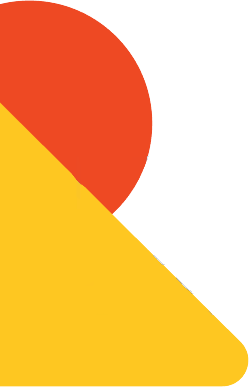academic programs
At Gersh Autism Academy, we offer two flexible and individualized educational programs designed to meet each student’s unique learning style, developmental profile, and goals. Whether your child is on a path toward a Regents diploma or building foundational life skills, our programs are designed to support their journey—academically, socially, and emotionally.
Below you’ll find an overview of our two program options. If you’re not sure which is the best fit for your child, our team is here to help you explore the options and find the program that meets your child’s unique needs. Just fill out the form on this page, and a member of our team will be in touch to guide you.
IAIC/learning to lead program
Academically driven, socially supported.
IAIC/Learning to Lead is designed for students who can work with traditional academic content when it’s tailored to meet their individual needs. This program prepares students to pursue a Regents diploma while supporting social development and emotional regulation. It also integrates career exploration and real-world experiences to help students envision and plan for their future.
Ideal for students who:
- Work well with traditional academics modified to their learning needs
Are pursuing a Regents diploma - Have college or career aspirations
- Need support with social skills and emotional regulation
What your child experiences:
- Standard grade-level curriculum
- Small class sizes with extra support
- Collaborative Problem Solving daily
- College/career preparation
- Real-world skill development with potential on-site and off-site job placements
BASE/learning to learn program
Practical skills for lifelong independence.
This program is designed for students who thrive with structured, hands-on learning and benefit from highly personalized support. BASE/Learning to Learn focuses on functional academics, daily living skills, and communication—using strategies grounded in Applied Behavior Analysis (ABA). The goal is to help students build confidence, independence, and meaningful real-world skills.
Ideal for students who:
- Thrive with hands-on learning
- Need focus on essential life skills
- Benefit from highly structured support
- Learn best through practical applications
- Respond well to instruction grounded in Applied Behavior Analysis (ABA) principles
What your child experiences:
- Functional academics
- Life skills training
- Communication development
- Social skills practice
- Community-based learning
- Activities of daily living
- Sensory integration
At Gersh Autism Academy, every student’s program is fully customized based on their strengths, challenges, and goals. While we offer two distinct academic programs — IAIC/Learning to Lead and BASE/Learning to Learn — in some cases, and depending on the school and student profile, we may place a student in what we call a Blended Setting. This setting combines elements of both programs to better support a student’s needs and provide the right balance of structure, flexibility, and support. Blended placements are determined internally by our educational team in collaboration with therapeutic staff and are not selected directly by families.
blended setting
Flexible, personalized, and uniquely adaptable.
The Blended Setting is perfect for students who need a more flexible learning model. It combines elements of both academic and functional learning and allows for customization based on the student’s strengths, needs, and readiness. Two distinct paths within the Blended Setting ensure that every student receives the right balance of instruction and support.
Ideal for students who:
- Learn best through a combination of approaches
- Need flexibility in their learning style
- Benefit from both functional and academic learning


